Seymour Duncan is a renowned manufacturer of guitar pickups and related electronics, known for their commitment to craftsmanship, innovation, and premium sound quality. Established in the 1970s by Seymour W. Duncan, the company has become synonymous with high-performance pickups that cater to the needs of musicians across genres and styles. Seymour Duncan pickups are celebrated for their clarity, dynamic range, and versatility, offering players a wide array of tones to explore.
In addition to their extensive lineup of pickups for electric guitars, acoustic guitars, and bass guitars, Seymour Duncan also produces a range of effects pedals, preamps, and accessories designed to enhance players’ tone and performance. The company’s dedication to research and development has led to the creation of innovative technologies such as the JB humbucker, the SSL-5 single-coil pickup, and the active Blackouts series, which have become favorites among professional musicians worldwide.
With a legacy of excellence spanning several decades, Seymour Duncan remains at the forefront of pickup design and manufacturing, continually pushing the boundaries of what is possible in pursuit of sonic perfection. Their products are trusted by musicians of all levels, from hobbyists to touring professionals, making Seymour Duncan a respected and beloved name in the music industry.
Just Pedal Ingredients.
Amp — An amp pedal, often referred to as an amp simulator pedal or amp modeling pedal, is a type of effects pedal designed to emulate the sound and characteristics of various guitar amplifiers. By using digital or analog processing, these pedals replicate the tonal qualities, gain stages, and tonal response of different types of amplifiers, such as vintage tube amps, high-gain modern amps, or classic solid-state models.
Amp pedals are typically used to shape a guitarist’s tone without needing to rely on multiple physical amplifiers. They offer a range of preset or adjustable sounds that mimic the effects of different amp types, including their distinctive overdrive, distortion, and EQ settings. Some amp pedals also include additional features like cabinet simulations, which mimic the sound of different speaker cabinets, and built-in effects like reverb and delay. This makes them a versatile tool for achieving a variety of tones and sounds, whether in a practice setting, recording studio, or live performance, providing convenience and flexibility in a compact form.. PedalBoard — A pedalboard is the foundation of any organised effects setup, providing a stable surface to mount and power your pedals. It keeps everything neat, secure, and easy to transport, with tidy cable management and a single power supply to reduce noise and clutter. Whether you’re running a small setup with a few essentials or a large rig full of modulation, delay, and drive pedals, a well-built pedalboard helps you focus on playing rather than fumbling with cables.
Good pedalboards are lightweight yet sturdy, often made from aluminium with cutouts for cables and power leads. Many come with soft or hard cases for safe travel between gigs. Choosing the right layout makes a big difference — it’s all about balancing accessibility, signal flow, and power needs. A properly planned pedalboard not only protects your gear but also makes your setup faster, quieter, and more reliable wherever you play.. Power — In the world of guitar effects pedals, power is the vital lifeblood that brings each stompbox to life. A reliable power supply provides the energy required for pedals to activate their circuits, shape and process audio signals, and deliver the tones players rely on. Just as with any electronic system, stable power ensures consistent performance, free from unwanted noise or signal dropouts. For portable setups, power supplies also support battery charging and storage, keeping rigs flexible and ready for use anywhere. Ultimately, a good power source is fundamental to a pedalboard’s functionality, ensuring every effect operates as intended and allowing guitarists to explore their full creative potential..

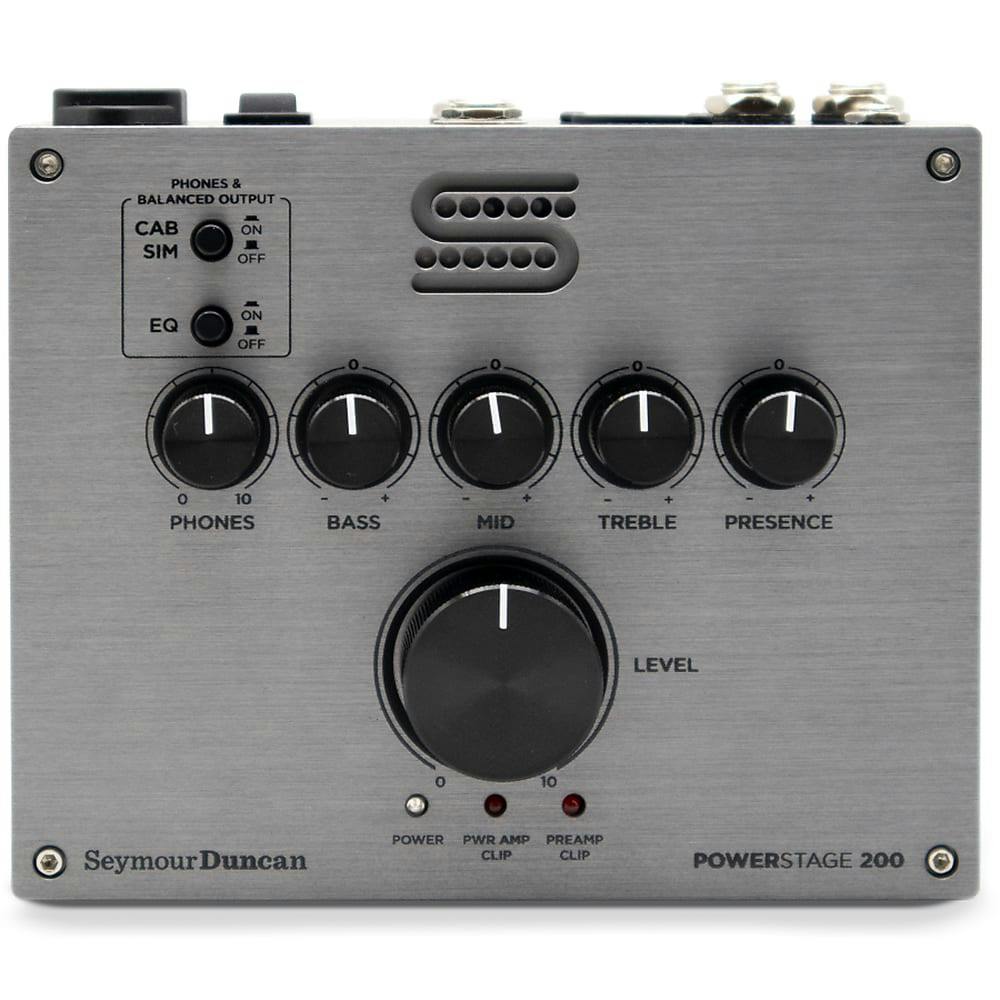
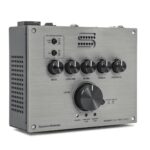
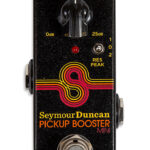
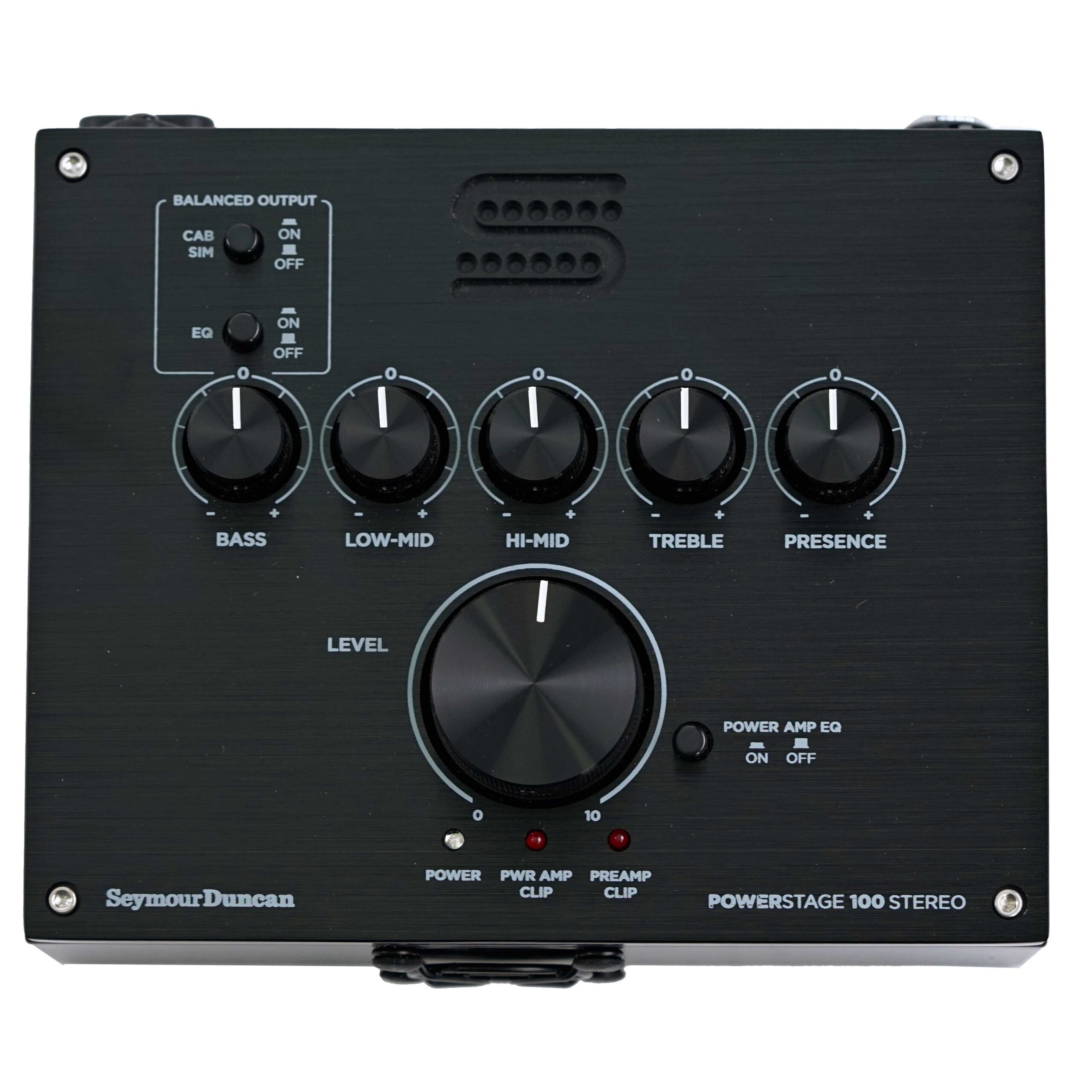
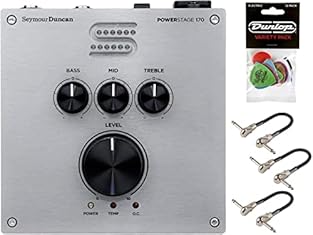



![[Stable Power, Pure Tone] Rigorous durability tested — delivers stable output even after 72+ hours of continuous power, giving you total confidence in every performance. [Multiple Outputs] Equipped with 10 outputs, it is perfectly suited for building...](https://m.media-amazon.com/images/I/51M9z7HLdXL._SL313_.jpg)